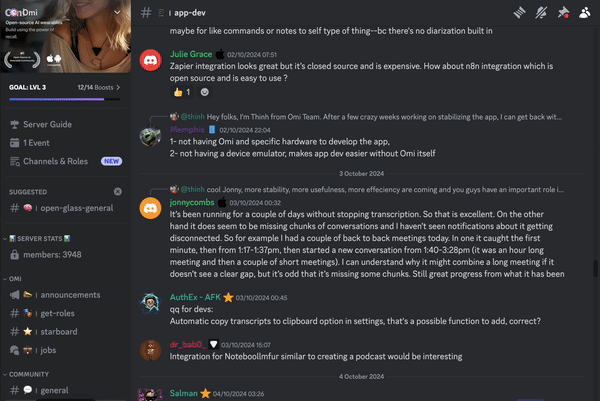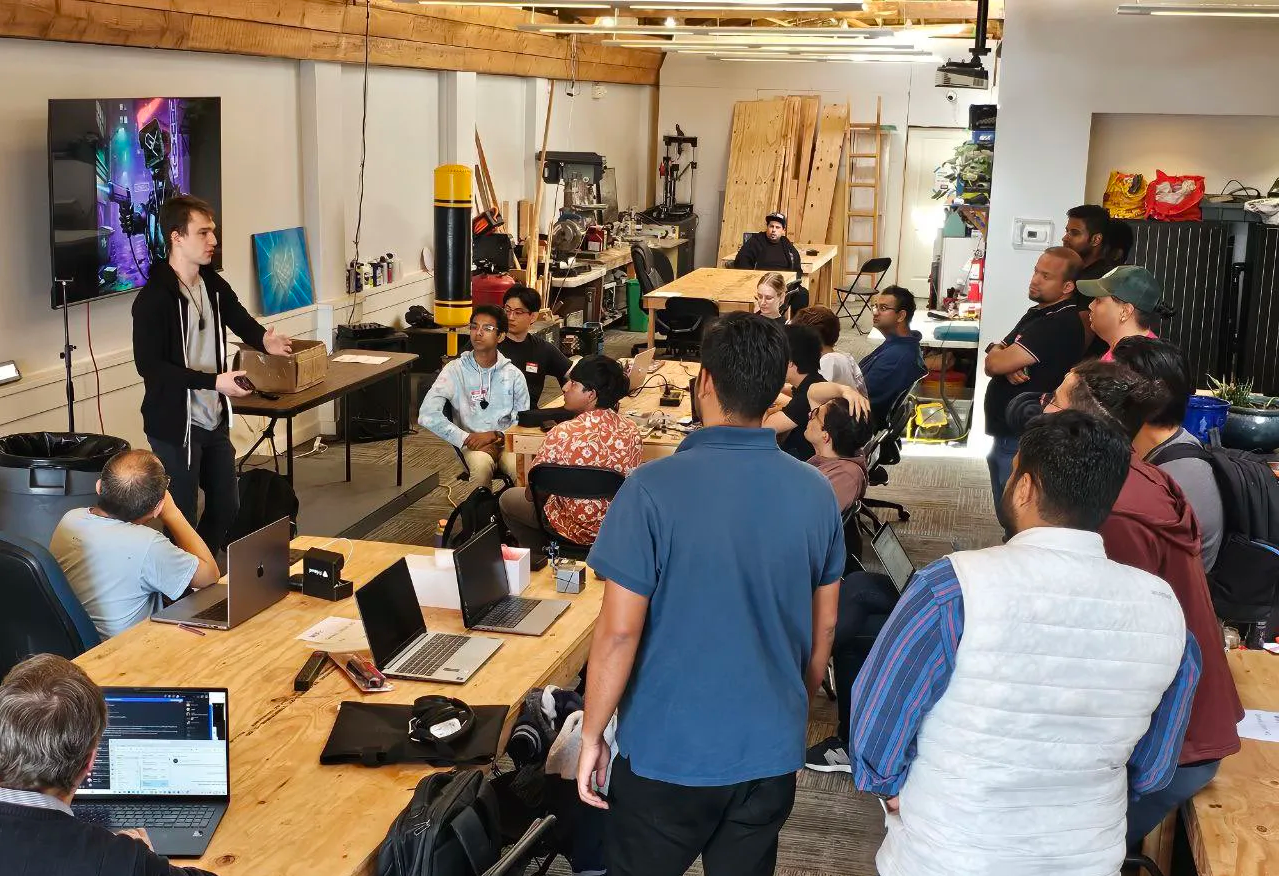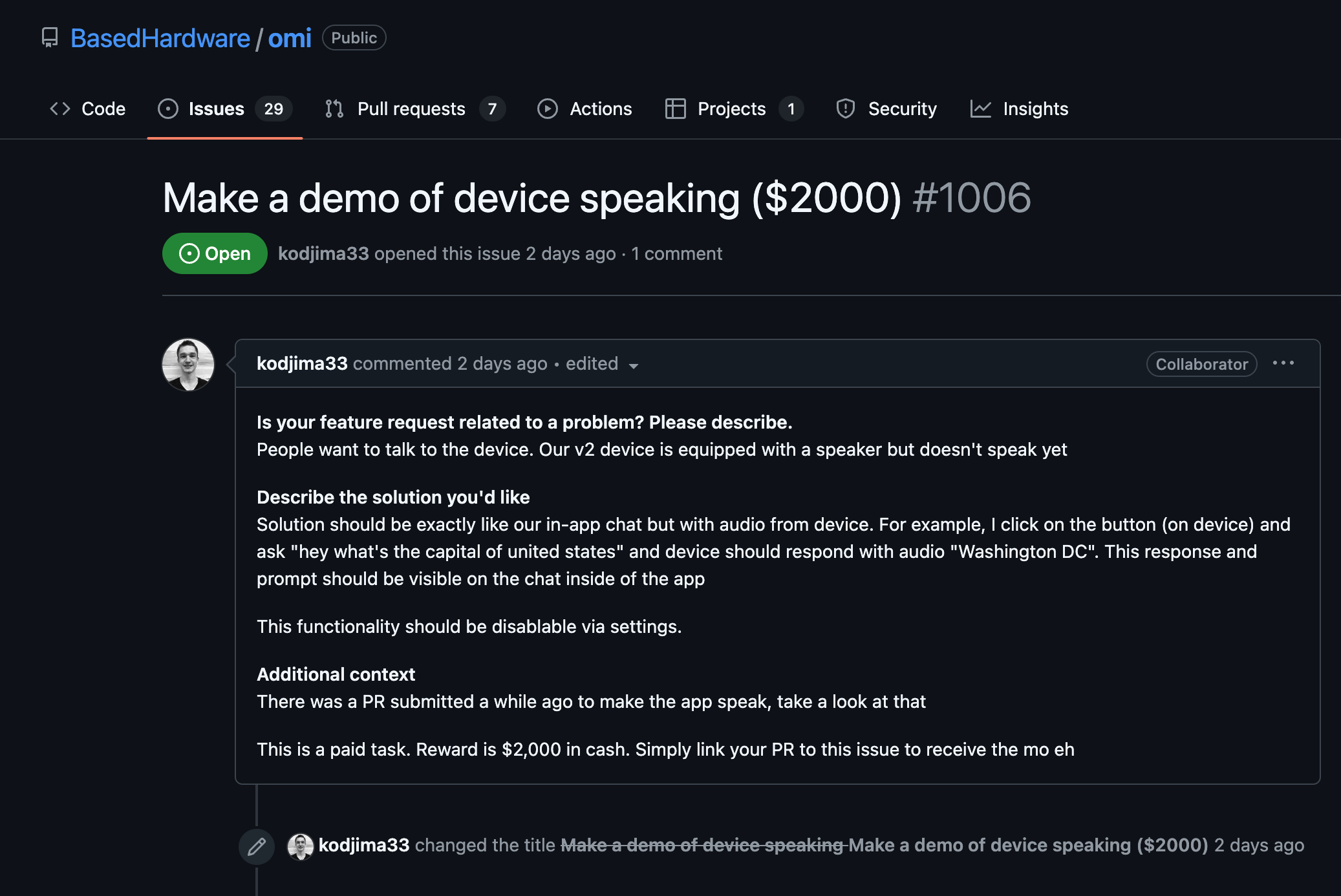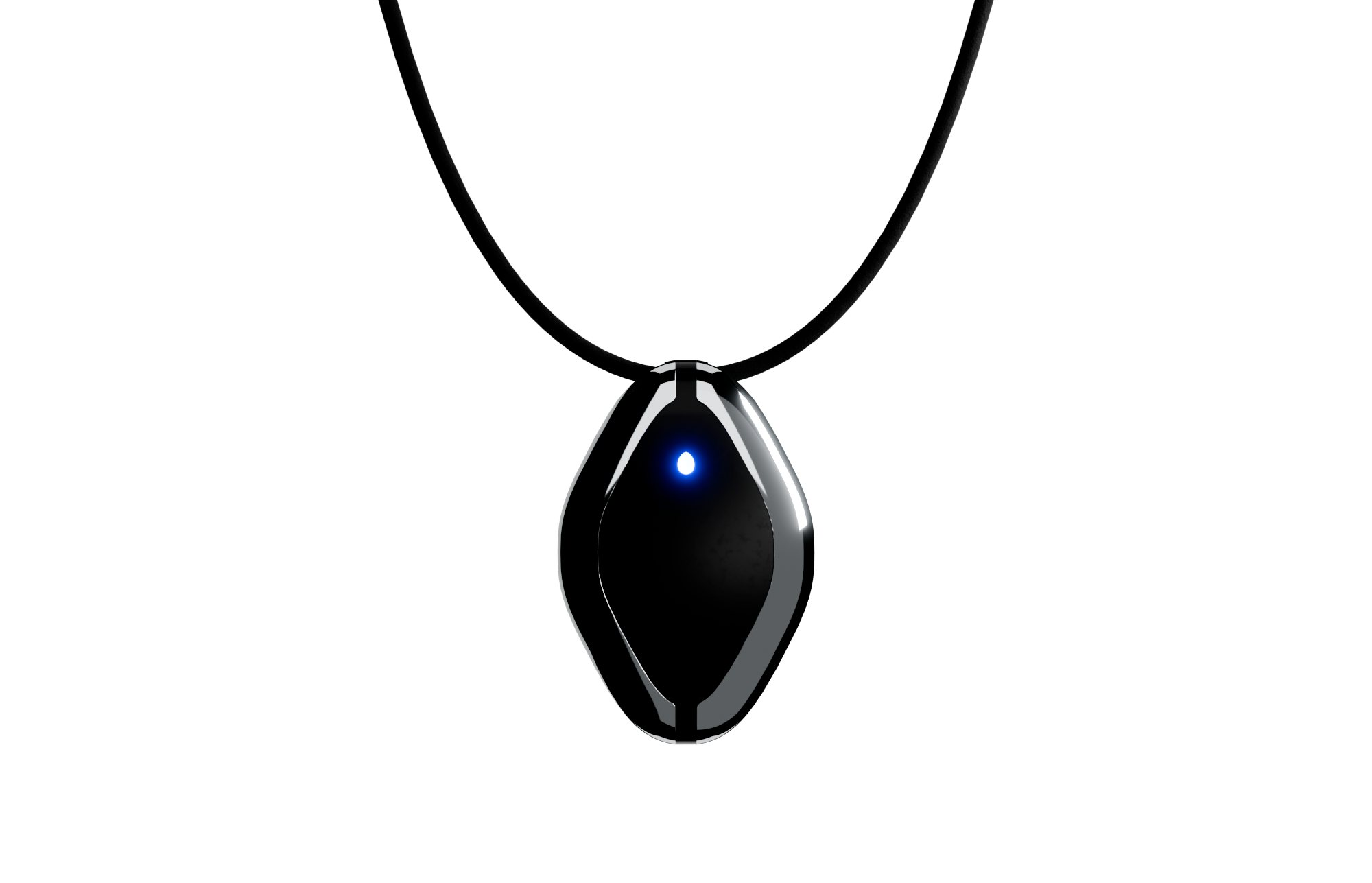Deploying a Multilingual Virtual Assistant Powered by Google Dialogflow and IBM Watson
- In today's global market, businesses need a comprehensive solution to provide customer support in multiple languages. By combining Google Dialogflow's powerful NLU with IBM Watson's language translation and cognitive capabilities, companies can create a multilingual virtual assistant that serves a diverse customer base.
- Utilize Google Dialogflow for building the primary conversational interface. Dialogflow's ability to handle complex entities and contexts enables it to manage nuanced customer inquiries efficiently.
- Leverage IBM Watson's Language Translator service to interpret and respond to customer queries in multiple languages. This integration ensures that Dialogflow understands and processes customer input before routing the interaction to Watson for translation and further analysis.
- Incorporate Watson's Natural Language Classifier to improve the understanding of translated customer queries, ensuring accurate intent matching and response generation irrespective of the customer's language of choice.
Integration Workflow
- Design a Dialogflow agent with multi-language support enabled. This setup allows the agent to recognize and trigger different language models based on the detected language from customer input.
- Configure Dialogflow to pass non-native language queries to IBM Watson using webhooks. Watson will handle language translation and any complex cognitive tasks required to enhance understanding.
- Rely on Watson's cognitive services to enrich customer interactions by providing culturally relevant responses and solutions effortlessly across different languages and regions.
Technical Implementation
- Develop a Dialogflow conversational model with intents and entities that recognize inputs from various languages, utilizing language-specific models when necessary.
- Create a cloud-based middleware to manage interactions between Dialogflow and Watson, ensuring seamless data processing through APIs and webhooks for language translation and cognitive analysis.
- Implement scalability by using cloud functions, such as Google Cloud Functions, to dynamically handle translation and processing workloads across different languages and time zones.
Example Code Snippet of Integration
const { SessionsClient } = require('@google-cloud/dialogflow');
const axios = require('axios');
const dialogflowClient = new SessionsClient();
const sessionId = 'multilingual-session-id';
const sessionPath = dialogflowClient.projectAgentSessionPath('project-id', sessionId);
const handleMultilingualQuery = async (text, language) => {
const request = {
session: sessionPath,
queryInput: {
text: {
text: text,
languageCode: language,
},
},
};
const [response] = await dialogflowClient.detectIntent(request);
const { queryResult } = response;
if (language !== 'en') {
// Translate to English before processing
const translationResponse = await axios.post('https://watson-translate-url/api', {
data: { text: queryResult.queryText, target: 'en' },
});
// Process translated text with Watson
const watsonResponse = await axios.post('https://your-watson-endpoint/api', {
data: { translatedText: translationResponse.data.translations[0].text },
});
return watsonResponse.data;
}
return queryResult.fulfillmentText;
}
handleMultilingualQuery('Hola, necesito ayuda con mi cuenta.', 'es')
.then(response => console.log(response))
.catch(err => console.error(err));
- This code demonstrates how Dialogflow can detect the language of input and process it using Watson's translation services, ensuring seamless multilingual support.
- By translating customer queries and obtaining intelligent responses via Watson, businesses can enhance customer satisfaction by providing linguistically and culturally appropriate support.


























